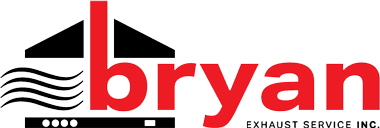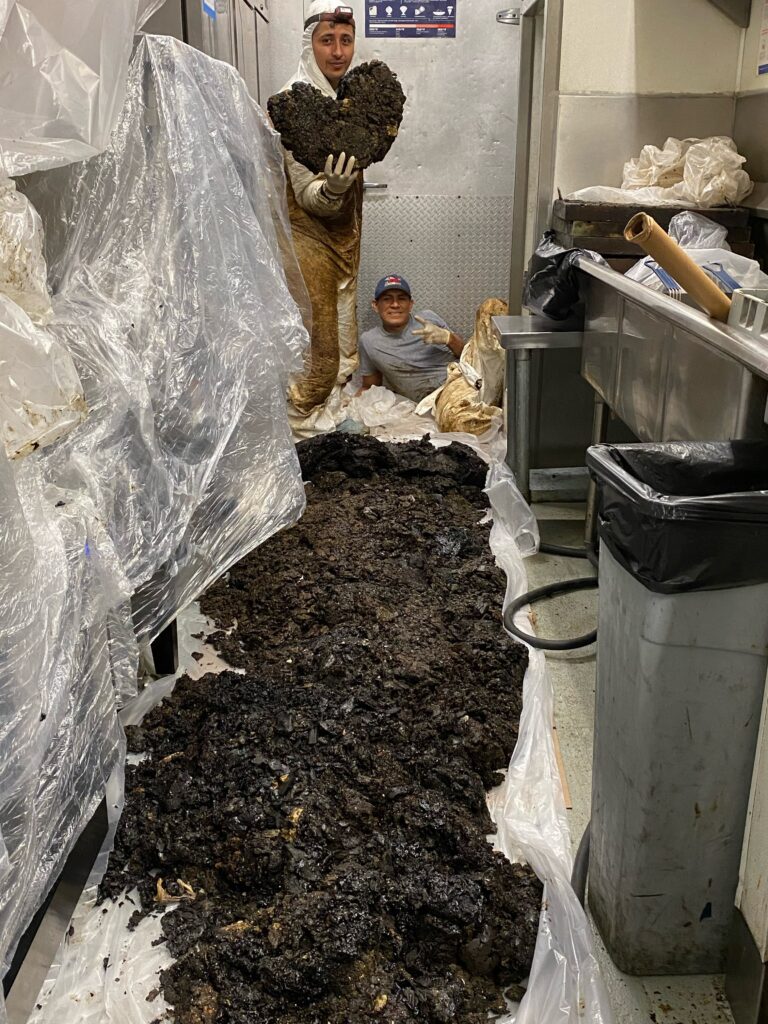NFPA 96 Standard
The NFPA 96 is a widely recognized standard for the safety and proper operation of commercial kitchen exhaust systems. Developed by the National Fire Protection Association (NFPA), it provides guidelines for the design, installation, and maintenance of exhaust systems to minimize the risk of fire in commercial kitchens. The standard is crucial for ensuring the safety of commercial kitchens and reducing the risk of fire.
Cleaning to NFPA 96 Standards
One of the key requirements is regular cleaning and inspection of commercial kitchen exhaust systems. This includes the use of a qualified professional to conduct a thorough cleaning of the entire system, including the hoods, ducts, and fans, at least every three months. Additionally, exhaust systems must be inspected at least annually to ensure they are in good working condition and free of potential fire hazards.
Here at Bryan Exhaust, we pride ourselves on being experts in our field, and part of that means understanding the history and evolution of industry regulations. Today, we’d like to take a deep dive into the story of NFPA 96, the national fire code that governs how we maintain and clean commercial kitchen exhaust systems.
Established in 1961 by the National Fire Protection Association, the original NFPA 96 was a fairly straightforward document. It outlined basic guidelines on how to clean kitchen exhaust systems, which at the time primarily involved scraping solid grease from the system. Once the solid grease was removed, an alkaline powder was introduced to convert the remaining liquid grease into a soap-like substance via a process known as saponification. This substance was then easy to remove, ensuring a cleaner system.
Over time, the NFPA 96 code evolved, and one major change still causes confusion among customers today. This change pertains to the requirement for vendors to disclose areas of the system they were unable to clean. For the first time, vendors were obliged to display a label in the kitchen area upon completing a cleaning job, which detailed the date of cleaning, the servicing company’s name, and any areas left uncleaned. This marked the advent of the term “inaccessible areas” in our industry.
The turn of the millennium brought more changes to NFPA 96. In 2001, the code introduced a new concept that would revolutionize the way we approach exhaust system cleaning: the “bare metal” standard. This mandate specified that systems should be cleaned to bare metal, setting a new benchmark for cleanliness and significantly enhancing kitchen safety.
Three important points to note from the 2001 NFPA 96 revisions are:
11.4.1 – The entire exhaust system should be cleaned by a certified company or individual if found to be contaminated with grease-laden vapors.
11.4.2 – Hoods, grease removal devices, fans, ducts, and other appliances should be cleaned to bare metal before they become heavily contaminated with grease or oily sludge.
11.4.8 – After cleaning the exhaust system to bare metal, it should not be coated with powder or any other substance.
Despite these changes, the previous requirement (code 11.4.13) that allowed for the display of “inaccessible area” tags remained in effect.
Interestingly, three years after the introduction of the “bare metal” standard, it was removed from the code and replaced with a less specific cleanliness standard. This change might have been a response to pushback from vendors who found the bare metal standard difficult to meet.
Stay tuned to our blog for more insights into the intricacies of our industry, and know that at Bryan Exhaust, we’re always committed to exceeding industry standards and keeping your kitchen safe and clean.


